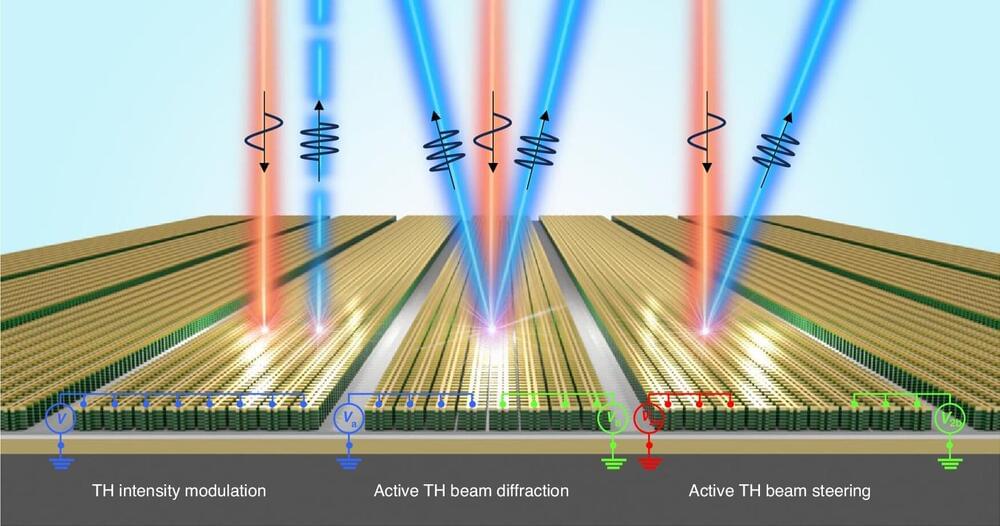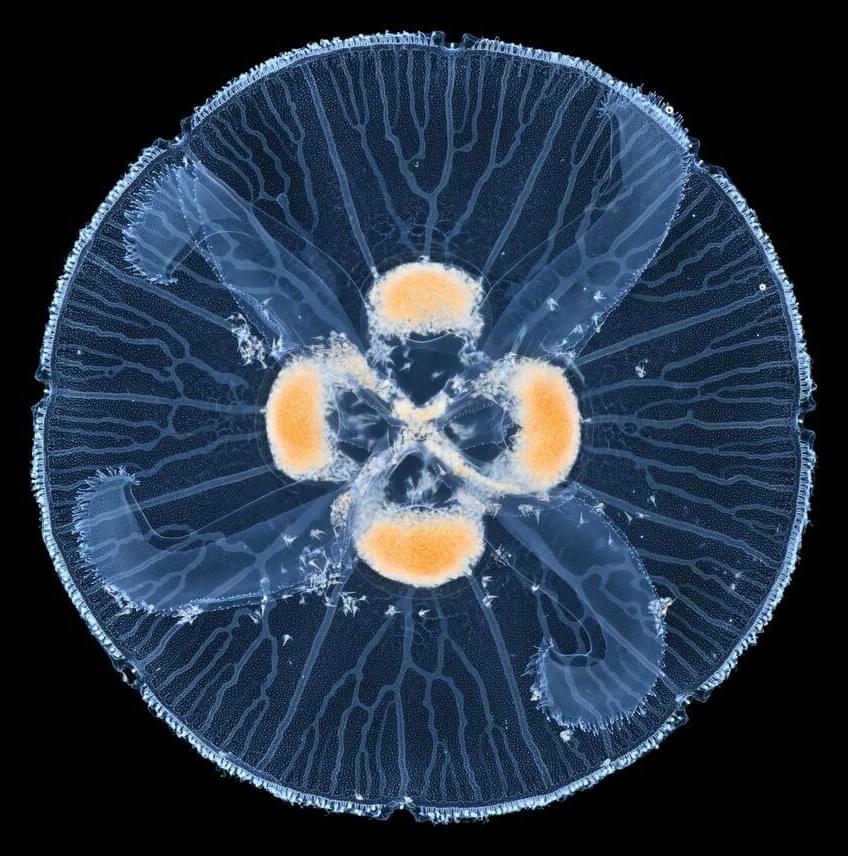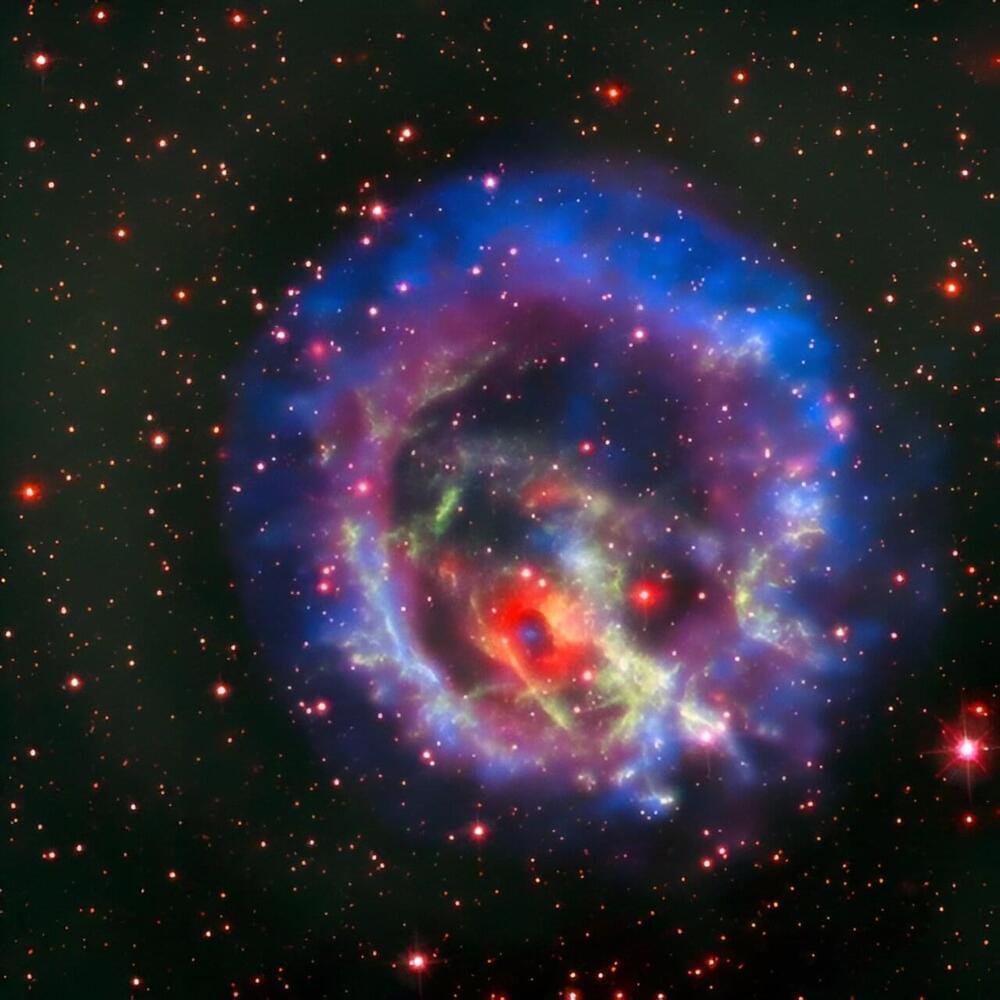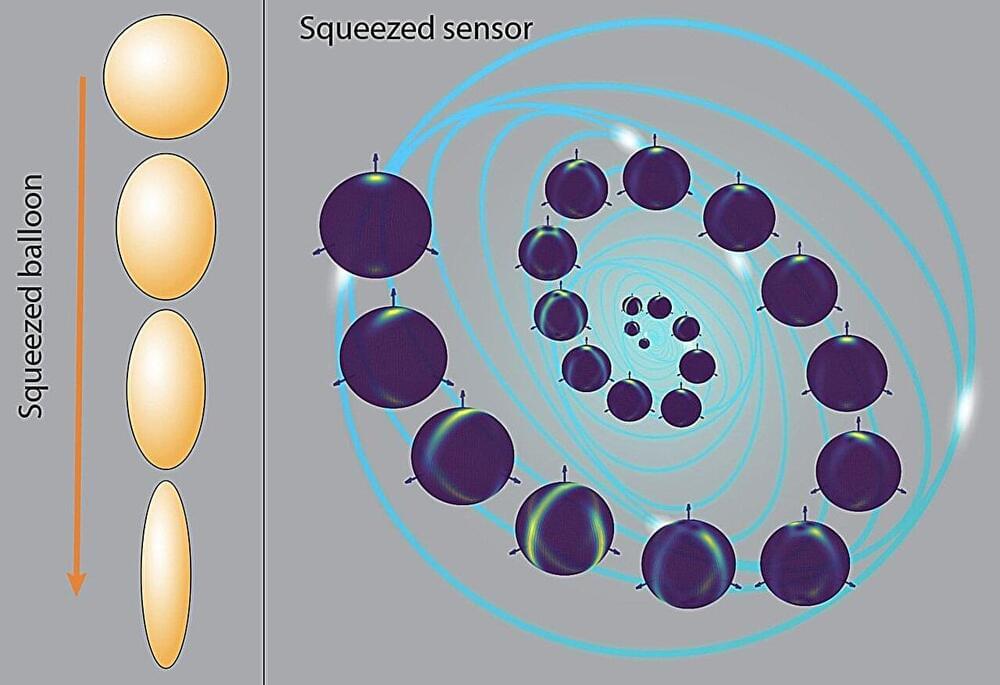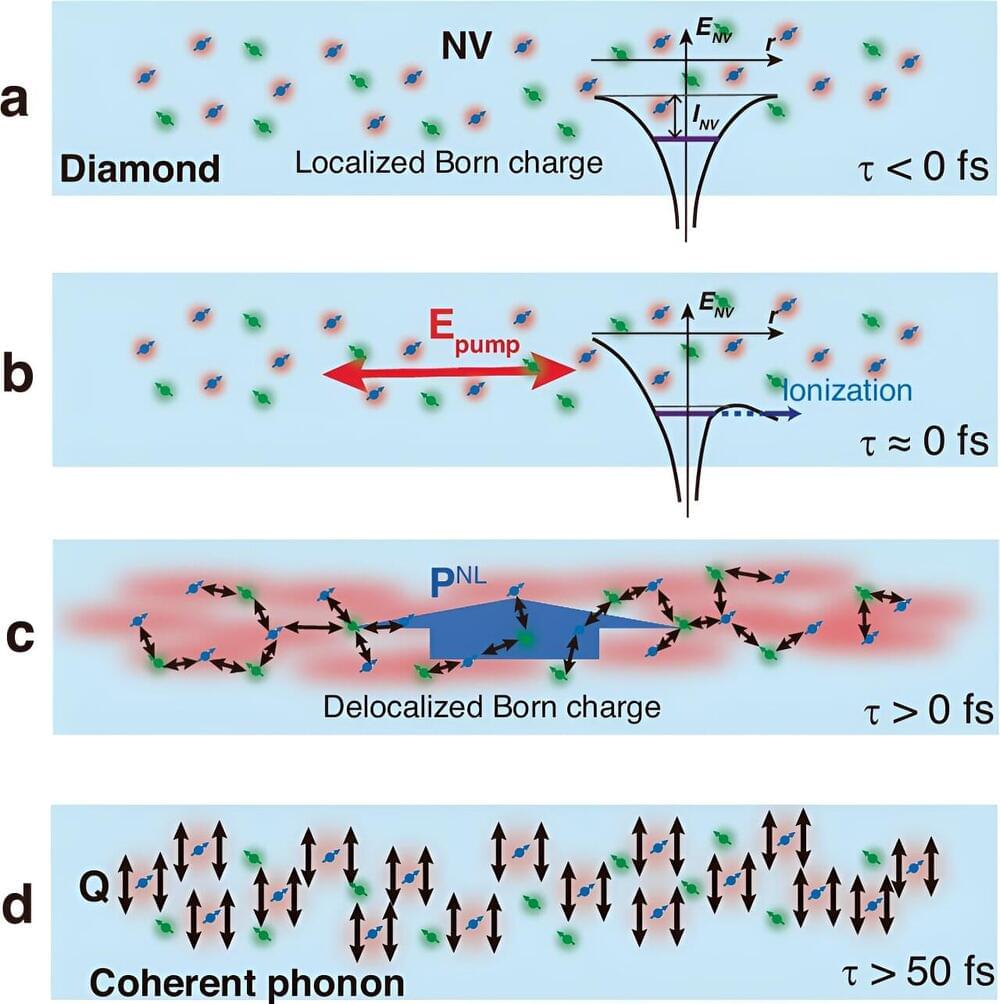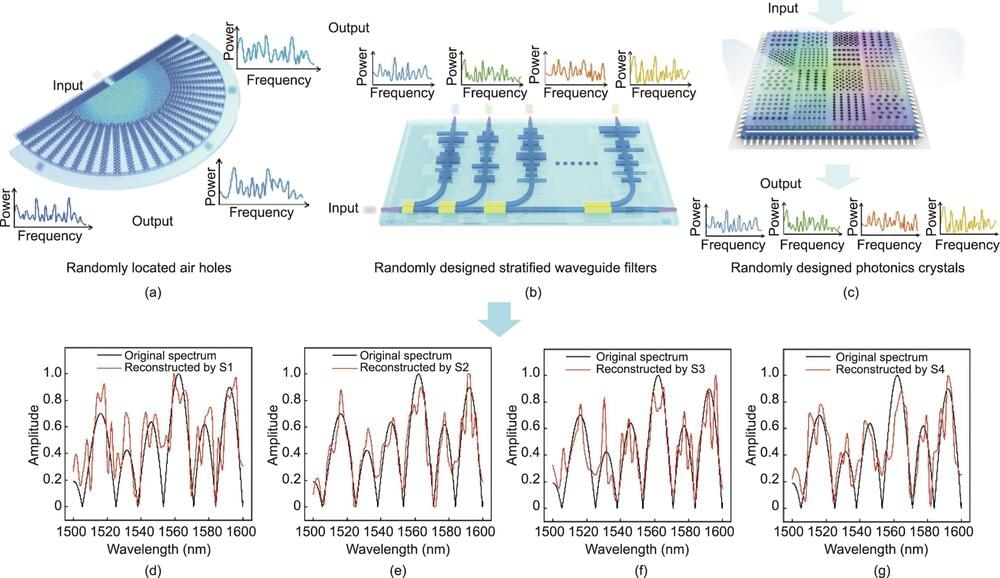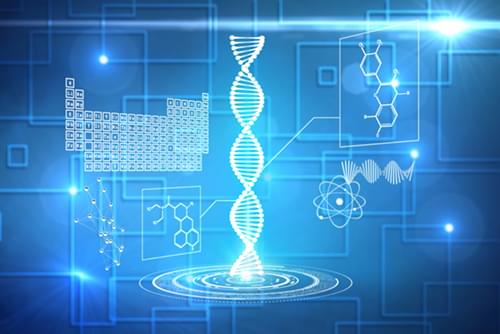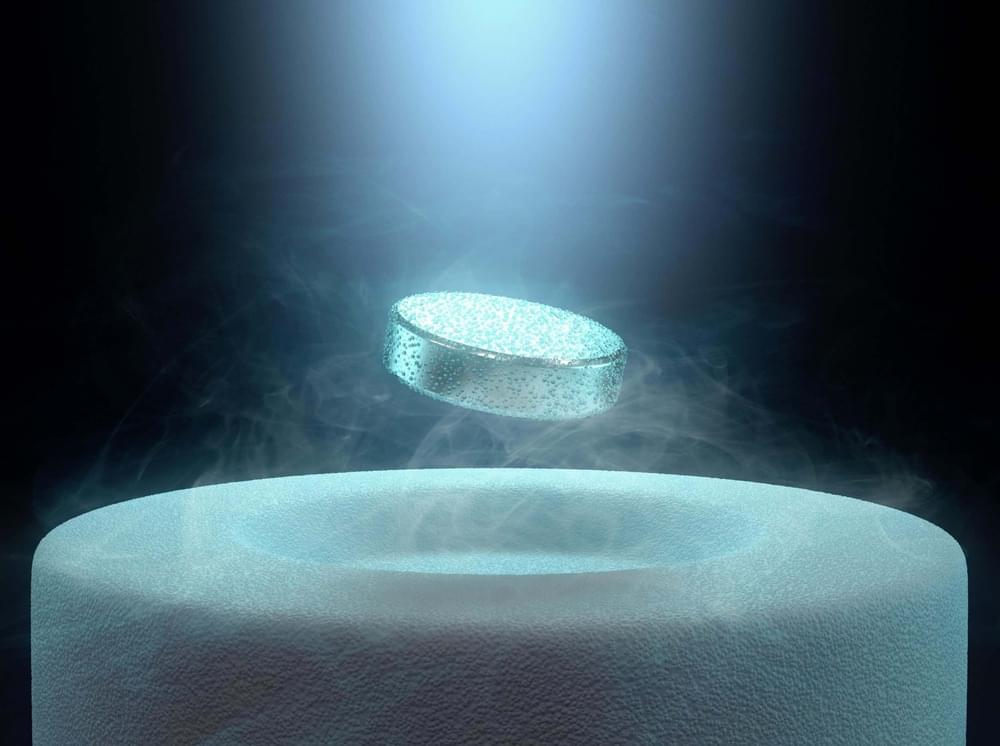These OptoAssays allow for the bidirectional, light-induced movement of biomolecules and the reading of test results without the need for additional mechanical washing steps.
An OptoAssay uses a sender and a receiver area, which are brought into contact by adding the test reagent. In the sender area, there is a special protein that reacts to light. This protein can either bind or release specific molecules, depending on the type of light it captures.
When an LED emits red light at a wavelength of 660 nanometers, the molecules bind to the protein. Upon switching to far-red light with a wavelength of 740 nanometers, the molecules detach from the protein. In the receiver area, there are antibodies specifically designed to recognize and capture the target protein in the test reagent.

